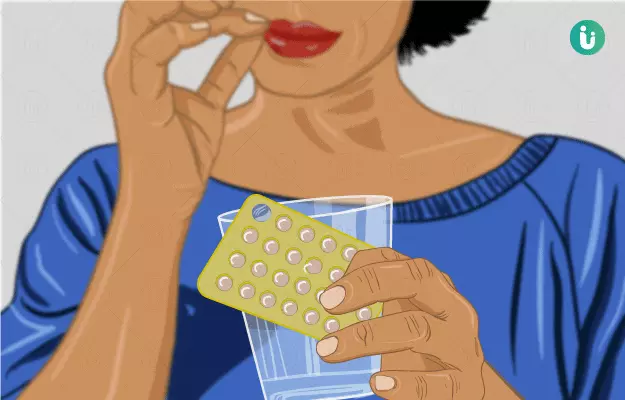Estrogen:
This hormone plays an essential role in the growth and development of female secondary sexual characteristics, such as breasts, pubic and armpit hair, and the regulation of the menstrual cycle and reproductive system.
During the menstrual cycle, estrogen produces an environment suitable for fertilization and implantation, since it helps in the thickening of the inner lining of uterus called the endometrium. It also helps in the development of the placenta which provides nutrition for the developing embryo.
It helps in maintains bone strength by working with calcium, vitamin D and other minerals to prevent bone loss.
In females, estrogen affects various parts of the body, such as:
- Ovaries: where it helps in the formation and the growth of egg follicle.
- Vagina: stimulates the growth of vagina to its adult size, increases the vaginal acidity which prevents bacterial infection. It also helps in vaginal lubrication.
- Fallopian tubes: growth of a thick muscular wall in the fallopian tube which then supports the movement which aids in the fusion of sperm and the egg.
- Uterus: growth and maintenance of the endometrium lining. It also assists in delivery by supporting the contraction movement of the uterine muscles, and in the removal of dead uterine tissues during menstruation.
- It also plays an important role in the development of mammary glands and the increase in breast size on the onset of puberty.
- In cervix it facilitates the movement on sperm cell to an egg and enables fertilization.
Interestingly an insignificant amount of estrogen is also found in males, where it is essential for modulating the formation of sperms (spermatogenesis) and maintaining the sexual drive. And it also helps in erectile function.
Progesterone:
Produced by the corpus luteum until about 10 weeks of gestation, the main role of this hormone is to prepare the inner lining of the uterus for potential pregnancy after the ovulation, in the second half of the menstrual cycle. If there is no pregnancy the body lowers the level of progesterone and thus triggers menstruation, and in case of pregnancy the high level of progesterone is maintained in the blood.
It also inhibits contraction of the uterine wall, which can otherwise restrain the adherence of the egg to the wall thus supports pregnancy.
Progesterone is necessary for breast development during puberty and breastfeeding.
It complements some effects of estrogen, another female hormone.
It also works with testosterone, the precursor for adrenal hormones. Men produce a small amount of progesterone to help in sperm development.
Human chorionic gonadotropin: is the main female hormone produced only during pregnancy. It is this hormone which helps in detection of pregnancy both in urine and blood.
hCG is produced in large amounts in early phase of pregnancy. hCG's primary role is to keep the corpus luteum functioning, so that the corpus luteum continues to produce estrogen and progesterone.
In addition to keeping the corpus luteum alive, hCG also:
- stimulates the production of fetal testosterone, helping to develop the masculine sexual organs, and
- enhances corticosteroid production, which helps in suppression of the maternal immune responses.
Testosterone:
it is essentially a male hormone but is also present in the female body in a very small amount. It plays a vital role in bone strength, brain function and the overall development of lean muscle mass and strength in the female body. It also helps contribute to a general sense of well-being and higher energy levels. And perhaps most crucial is its effect on a woman’s libido or sex drive.











































